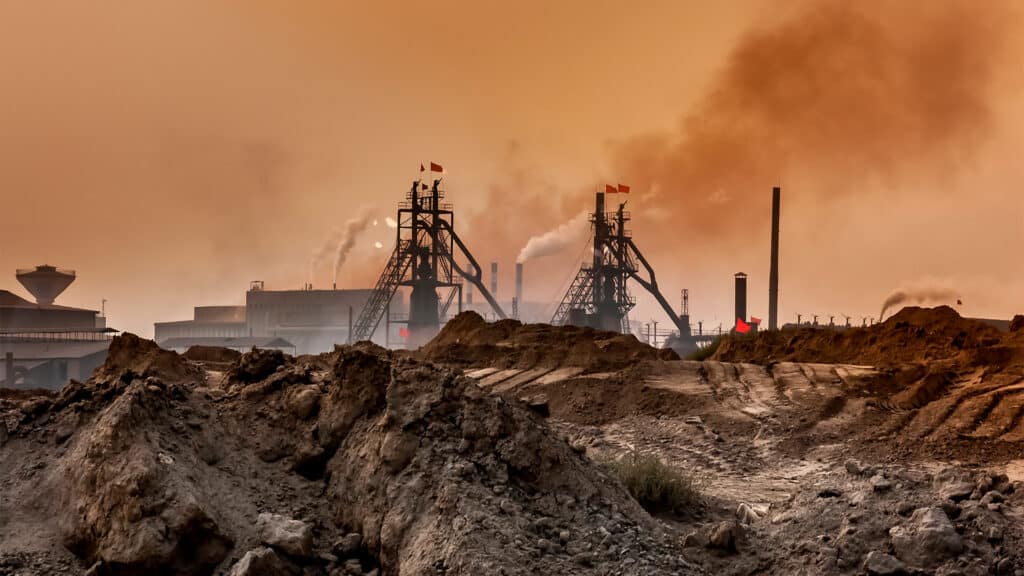The hidden costs of the rare-earth race

As global demand for rare-earth elements continues to grow, interest in these strategic materials is expanding beyond traditional producers. Used in everything from smartphones and electric vehicles to wind turbines and defense systems, rare earths are an essential part of the modern economy. At the same time, experiences from current leading producers raise important questions about the environmental and social impacts of rare earth extraction.
China’s experience with rare earth production
China plays a central role in the rare earth market, producing more than 60% of the world’s supply and handling around 85% of global processing. The country extracts key elements such as neodymium, dysprosium and terbium, widely used in high-performance electronics and magnets.
Although these elements are relatively abundant in the Earth’s crust, they are typically found in low concentrations. This means extracting usable quantities often requires processing large volumes of ore, which can generate significant amounts of waste.
A BBC investigation explored conditions in two of China’s major rare earth production regions — Bayan Obo in Inner Mongolia and Ganzhou in Jiangxi province. In these areas, decades of mining have altered the surrounding landscapes. In Bayan Obo, open-pit mining has left behind large tailings ponds filled with industrial waste. Local studies have suggested potential links between environmental degradation and health concerns in nearby communities.
In Ganzhou, a method known as «leaching ponds» — which uses chemicals such as ammonium sulfate to extract elements from the soil — has been widely used. While cost-effective, this approach can result in runoff that affects local rivers and soil quality. The region’s hilly terrain also raises concerns about erosion and deforestation.
Waste management challenges
According to the same BBC report, rare earth processing in some regions has resulted in high volumes of waste, with estimates of up to 2,000 tons of waste produced for every ton of rare earth elements extracted. In places like Baotou, tailings from mining activities are stored in artificial lakes, including the Weikuang Dam site, which has drawn attention over potential risks to surrounding ecosystems.
China has taken steps to address these challenges by increasing regulatory oversight, consolidating operations, and attempting to phase out illegal mining. Still, environmental recovery in some areas may take time.
Considerations for emerging producers
Countries like Kazakhstan — which holds more than 100 documented deposits of rare and rare-earth metals — are positioning themselves to become new suppliers in the global market.
Kazakhstan has already identified 38 promising mineral-rich zones, including sites like Kurumsak, Akbulak and Kuirektykol. In late 2024, the government announced the discovery of an estimated 2.6 million tons of rare earth reserves, along with 400,000 tons of tungsten and 500,000 tons of niobium. According to the Ministry of Industry and Construction, Kazakhstan now extracts 19 of the 34 rare earth elements considered critical for EU economies, including tantalum, beryllium, and rhenium.
Efforts are already underway to encourage foreign investment and transparency in the sector. Geological data is being declassified, and international companies — such as U.S.-based Cove Capital and Germany’s HMS Bergbau — are actively conducting exploration. In April 2025, the government opened bidding on 50 mineral sites, including several with confirmed commercial reserves of gold, copper, and rare earths.
In other words, Kazakhstan’s mineral reserves offer significant economic potential. However, the experience of other major rare earth producers shows that new opportunities can come with serious environmental responsibilities — ones that require careful planning and long-term commitment.

